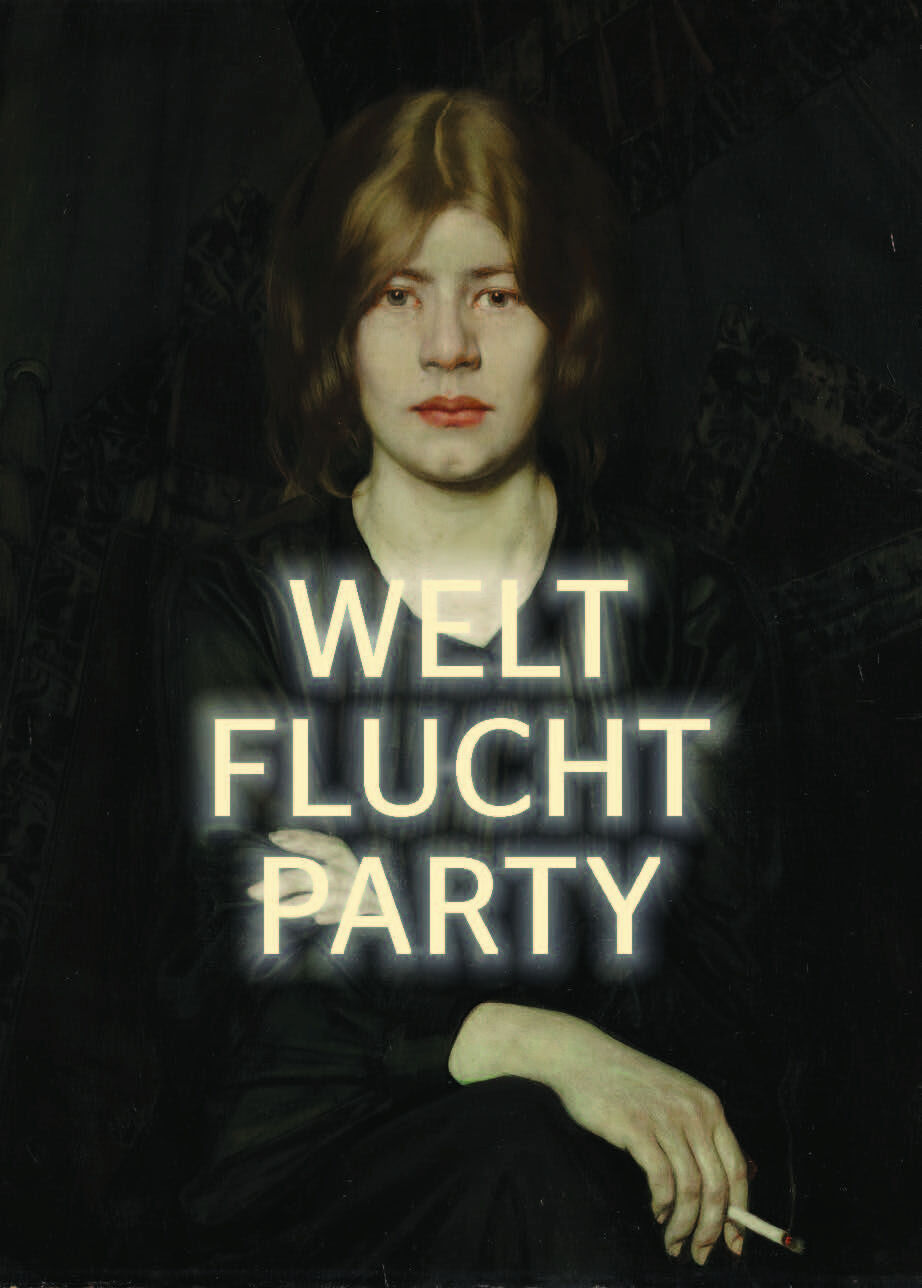3 Mar 23 — 23 Jul 23
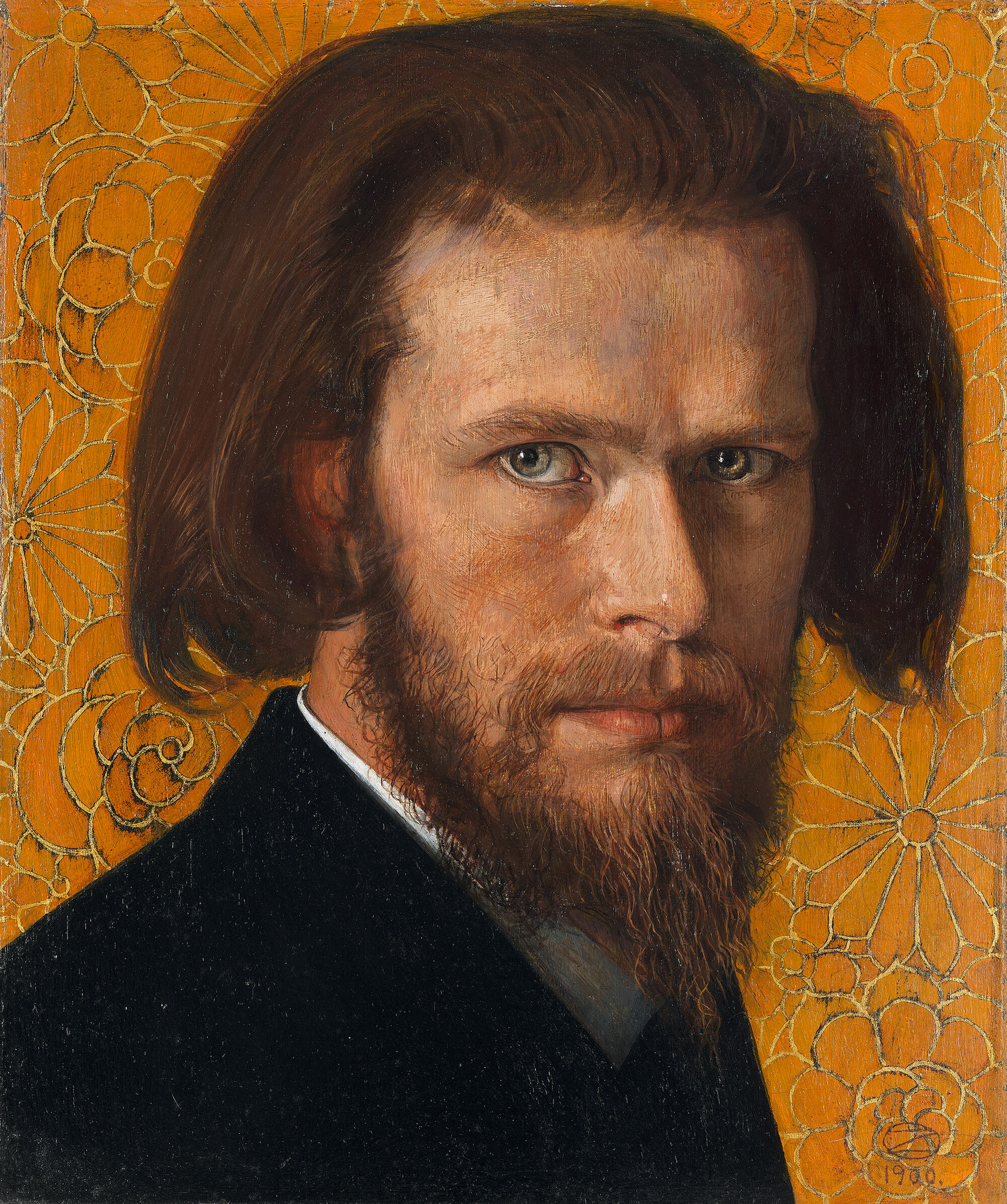
Oskar Zwintscher, Self-portrait, 1900 © Kunsthalle Bremen — Der Kunstverein in Bremen. Photo: Marcus Meyer
Rainer Maria Rilke to Oskar Zwintscher, 18.5.1902
In short, he was an artist from Saxony working at the turn of the twentieth century, whose unconventional paintings won him both great acclaim and fierce rejection during his lifetime and whose work has long awaited fundamental reassessment.
The exhibition presents this painter and graphic artist in the context of his time and in the context of various contemporaries. Zwintscher’s works reflect the transformations and upheavals that position him between tradition and modernity. The exhibition presents the impressive arc — from Symbolism to Jugendstil to the foreshadowing of New Objectivity — that spans his rather brief period of artistic production and foregrounds the continued
relevance of his work.
(ff., in: Dresdner Nachrichten. evening edition, No. 232, 21. 8. 1904, p. 1)
Zwintscher's mastery was perfected in the portrait — he excellently understood how to draw attention to the face and especially to the eyes by simplifying the compositions. The very closely observed heads and hands, however, are not built up in layers in the old-masterly technique, but executed directly in the so-called alla prima technique.
Zwintscher's portraits were already said by his contemporaries to have a certain austerity and coolness; the painter arranged his pictures in clear, sometimes geometricized forms, often emphasizing vertical lines and referring to ornaments. In addition to representative portraits of ladies, which could also adorn upper-class salons, he created very private portraits, in which traces of age are sometimes depicted in a barely idealized and unadorned manner.
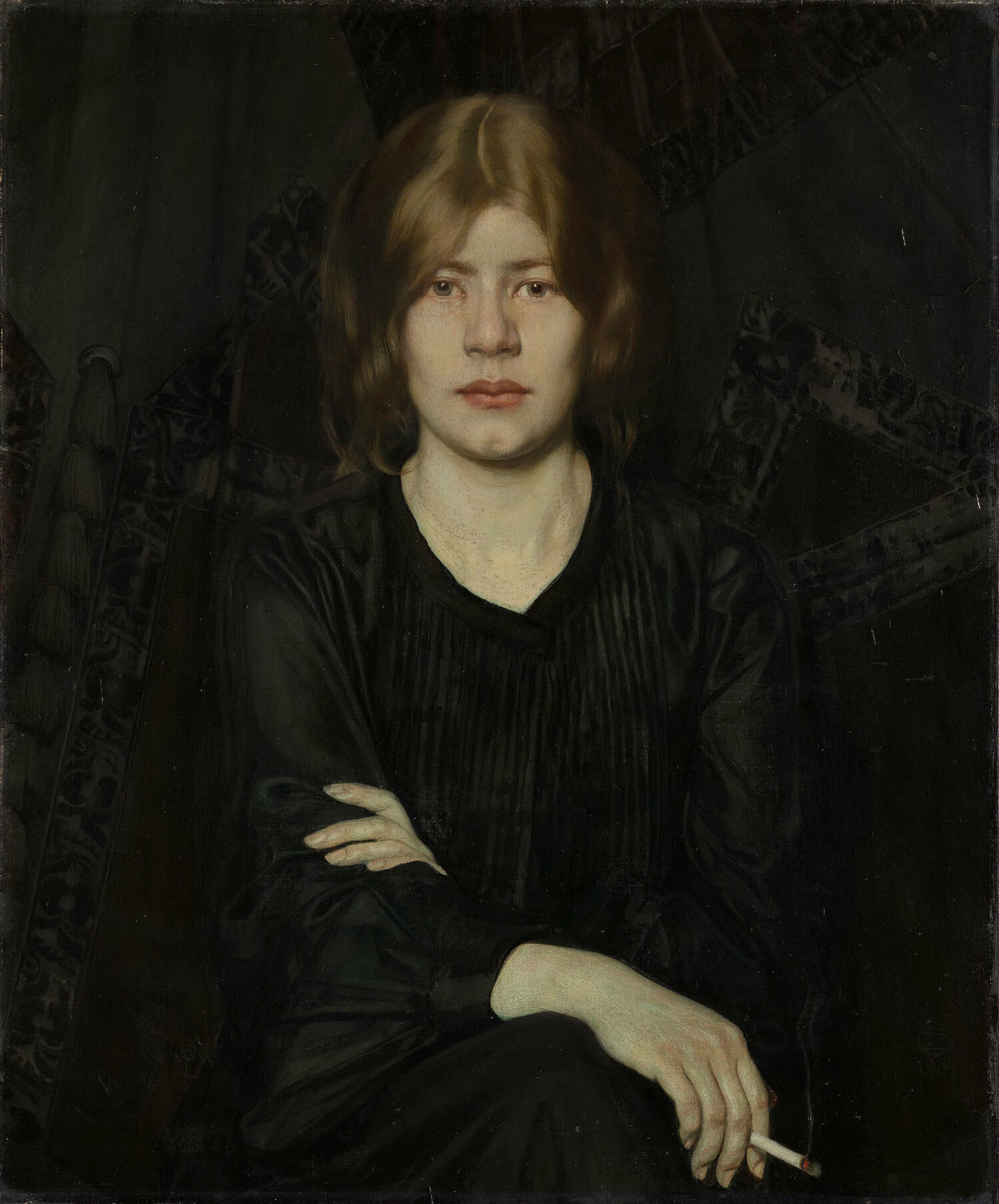
The preoccupation with landscape occupied an important place in Zwintscher's work alongside portraiture. In his younger years he began with impressionistically resolved scenes, but experimented more and more with an emphasis on surface and clear structures in his landscapes. Spring and summer motifs in particular — often in strong vertical formats and bright colors — are symbolic of departure, hopeful beginnings, youth and growth. The scenic surroundings along the Elbe Valley provided an ideal breeding ground for the artist's stylistic development. In the medieval city of Meissen, the young Zwintscher, after his time at the academy in Dresden, found a striking pictorial language, modern in color and sharpness of line. At the beginning of those years between 1893 and 1903 he met his wife Adele, who from then on stood by him closely — also as his most important model.
At the end of the 19th century, with the appointment of new professors, including Leon Pohle, the first efforts to renew the outdated teaching at the Royal Saxon Academy of Fine Arts in Dresden became visible. Pohle's realistic portraiture, in particular, was clearly echoed in Zwintscher's work. At the same time as Zwintscher, Richard Müller, Sascha Schneider and Georg Lührig were studying in Dresden. From 1903, Oskar Zwintscher himself became a teacher at the academy and, with his liberal attitude towards students' free choice of style, left his mark on his teaching and on an entire generation of artists.
Zwintscher, Müller, Schneider, Lührig and Hans Unger formed a loose grouping of young artists that one critic called the "Phalax of the Strong" and "signified Dresden's art at the turn of the century".
Since 1903 Oskar Zwintscher taught at the Dresden Art Academy. He was very popular with the students. In addition to the study of nature and the training of the old masters, his teaching was also characterized by a liberal attitude towards the students' free choice of style. His teaching was thus an almost ideal basis for the artistic development of young academics such as Georg Oehme or also Paul Wilhelm.
Although Zwintscher's teaching did not have a direct educational effect, his achievements in painting were important for many young artists who turned to a New Objectivity in the 1920s.
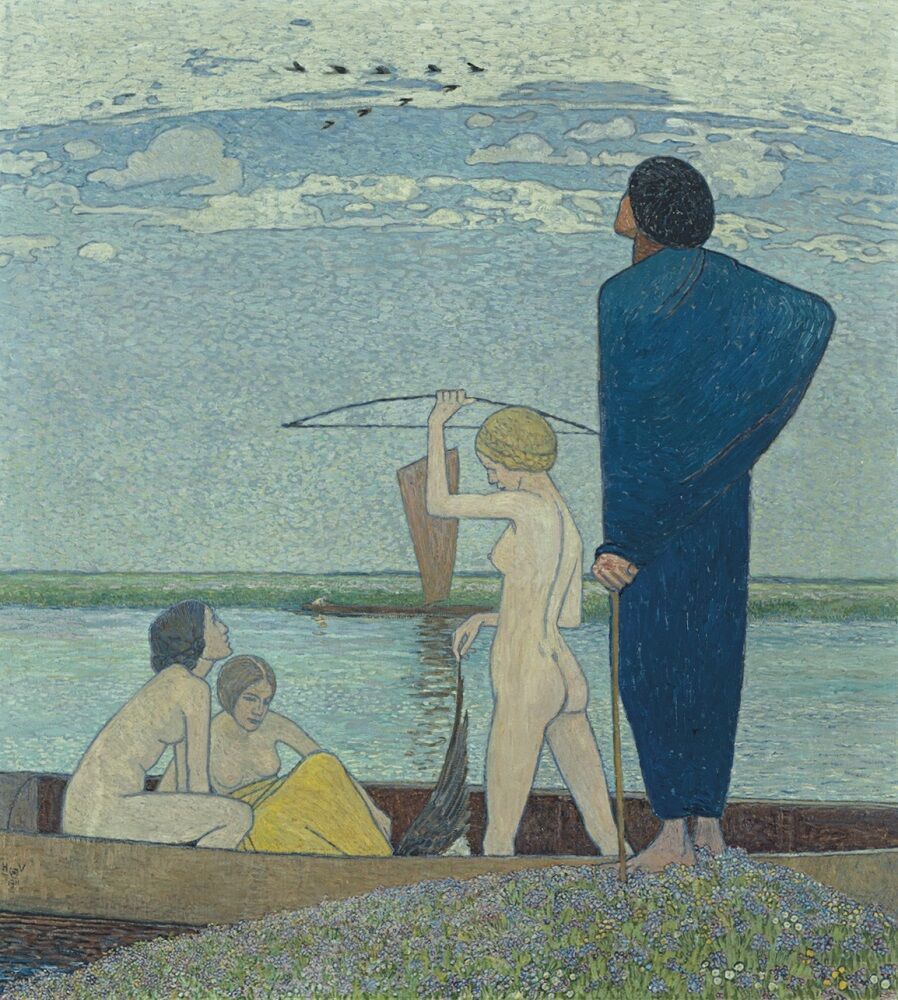
Oskar Zwintscher's relations to the artists' village Worpswede are manifold. Paula Modersohn-Becker had known him since 1900 at the latest, Heinrich Vogeler had probably been friends with him since 1897/98.
Zwintscher, in turn, traveled to the village near Bremen in the spring of 1902 to portray the young wife of the poet Rainer Maria Rilke, Clara Westhoff, at the latter's invitation. He also painted portraits of Rilke and Vogeler. Although there was no mutual artistic influence, his painting was very much appreciated by the people of Worpswede, especially by the far more expressive Paula Modersohn-Becker.
Satire and joke magazines were booming in the period around 1900. In Munich, then one of the most important and liberal art venues in the German Empire, illustrated magazines such as "Simplicissimus," "Fliegende Blätter" and, from 1888/90, "Meggendorfer's humoristische Blätter" flourished. Among the collaborators who supplied the publishing house with executed designs were Koloman Moser from Vienna, Matilde Ade and from 1895 onwards - as one of the most productive and independent artists — Oskar Zwintscher. His inventions are characterized by a strong emphasis on lines in the sense of Art Nouveau, which certainly left an impression on younger artists (Otto Dix, George Grosz).
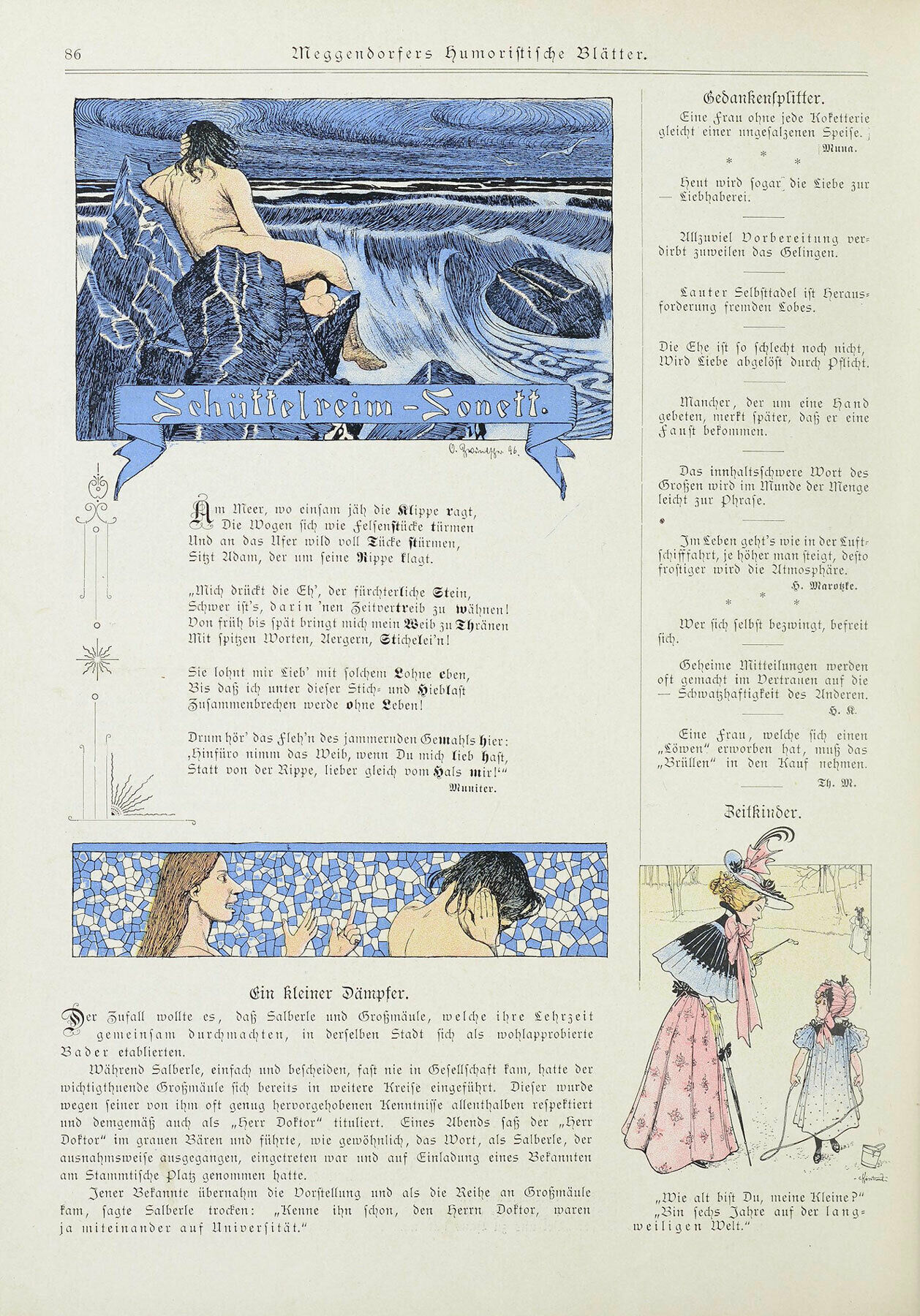
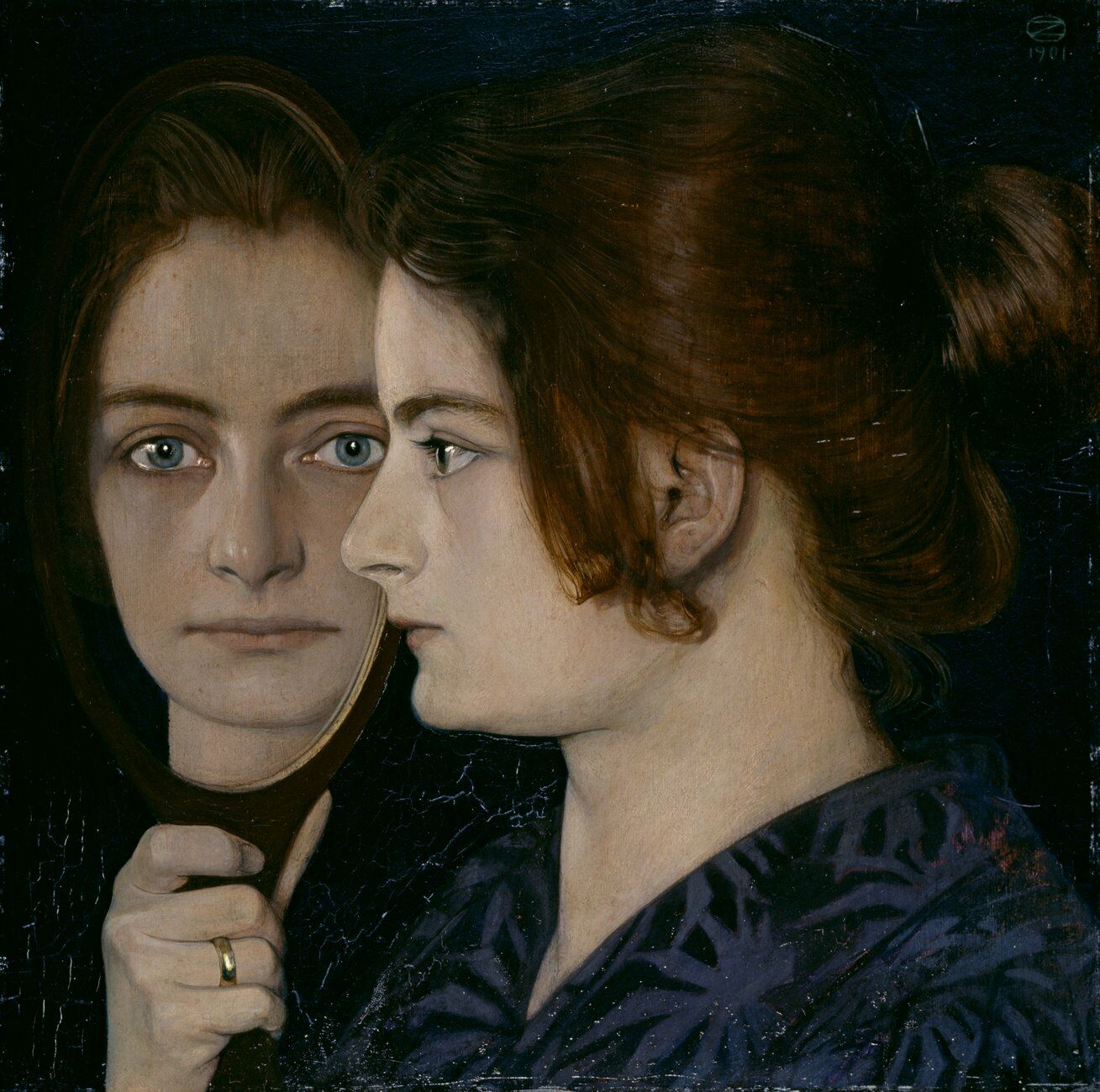
Adele Zwintscher, who frequently served as a model for her husband, can be found in at least of 14 of his very strong portraits — some classically representative, others with allegorical overtones — and thus represents a central source of his inspiration.
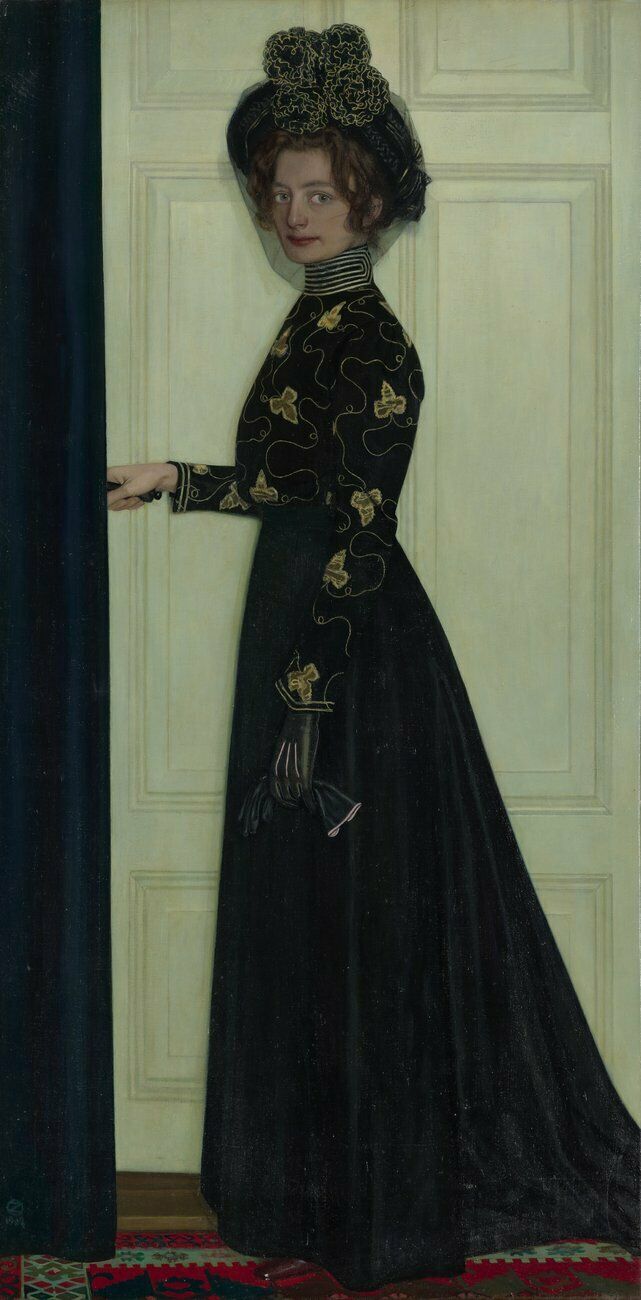
LECTURES
16 Mar 2023, 18:00
Oskar Zwintscher: Pictures of Love, Death and Beauty
Dr. Andreas Dehmer, Albertinum Dresden
9 May 2023, 18:00
Enigmatic Beauty — The Ambivalent Image of Women in Oskar Zwintscher's Works
Dr. Janina Majerczyk
FESTIVES
1 Apr 2023, from 22:00
World Escape Party at Badhaus.1520
afterwards to the "Short Night of Galleries and Museums"
With DJ Phos Toni / Electro Swing, Electro, House
Box office (no VVK): 10 €/reduced 7 €*
*Discount stamp available during the Short Night at the Museum Wiesbaden
22 Jul 2023
Summer party / Finissage
